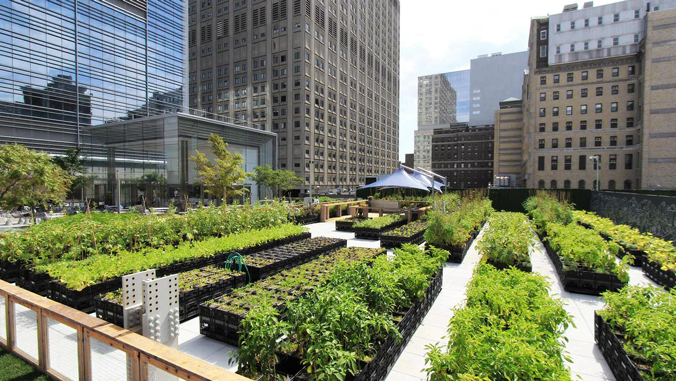
A new research article quantifies urban agriculture globally and examines its potential to provide a range of key ecosystem services, defined by the Environmental Protection Agency as clean air and water, fertile soil for crop production, pollination and flood control. Co-written by Albie Miles, University of Hawaiʻi—West Oʻahu assistant professor of sustainable community food systems and colleagues, the 21-page report used datasets in Google Earth Engine to estimate the aggregate benefits of growing crops in cities and found the four key ecosystem services provided by agriculture in urban areas to be worth an estimated $33 billion (USD) annually.
Urban agriculture refers to use of city and suburban spaces whether they be a backyard, rooftop, balcony or fringe space on the side of the road for growing crops, beekeeping, raising chickens and other agricultural activities.

The authors estimated the potential annual food production, energy savings, nitrogen sequestration, avoided storm-water runoff and other benefits could be worth as much as $80 billion to $160 billion annually. China, Japan, Germany and the United States were projected to be among the top beneficiaries of urban agriculture in terms of estimated dollar potential and associated ecosystem services.
The article, “A Global Geospatial Ecosystem Services Estimate of Urban Agriculture,” was published by in the American Geophysical Union’s peer-reviewed journal, Earth’s Future, January 10, 2018.
Miles collaborated with Nicholas Clinton and Chris Herwig of Google Inc., Michelle Stuhlmacher, Nazli Uludere Aragon, Melissa Wagner and Matei Georgescu of the School of Geographical Sciences and Urban Planning, Urban Climate Research Center at Arizona State University; and Peng Gong of the Department of Environmental Science, Policy and Management at University of California, Berkeley.
—By Greg Wiles

